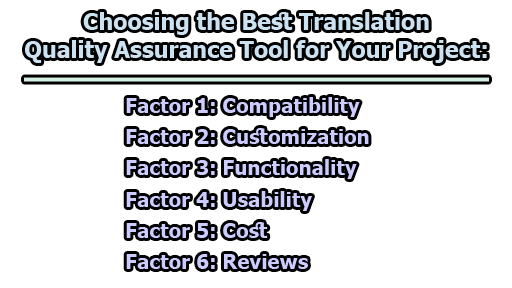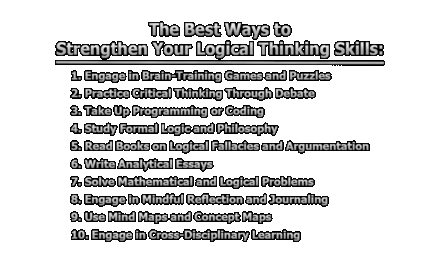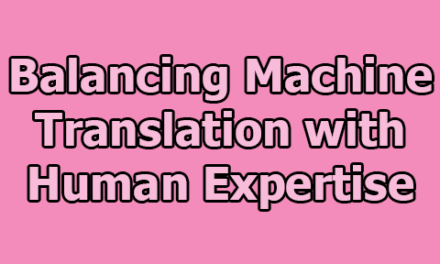Choosing the Best Translation Quality Assurance Tool for Your Project:
In today’s globalized world, translation quality assurance (QA) tools have become indispensable for ensuring the accuracy, consistency, and readability of translated texts. These software applications aid in detecting and rectifying errors in spelling, grammar, punctuation, terminology, style, and formatting. However, not all translation QA tools are created equal, and choosing the right one for your project requires careful consideration of several key factors. In this article, we will guide you through the process of choosing the best translation quality assurance tool for your project.
Factor 1: Compatibility: The first crucial factor to consider when selecting a translation QA tool is its compatibility with your project’s file formats, platforms, and systems. Different projects may require different software compatibility. For instance, if your work predominantly involves Microsoft Word documents, it is essential to choose a tool that can seamlessly handle DOCX files. If you utilize computer-assisted translation (CAT) tools like SDL Trados or MemoQ, you need a translation QA tool that can either integrate with them or support their native formats. If collaboration with other translators or clients is part of your workflow, opting for a tool that operates in the cloud or can easily share reports via email is advantageous.
Factor 2: Customization: Another essential consideration is the level of customization a translation QA tool offers. Your project may have specific requirements, such as a glossary or style guide that must be adhered to. Therefore, your chosen tool should be able to import and apply these unique specifications. Moreover, if you have different quality criteria or error categories for various types of texts, you’ll need a tool that can create and manage multiple profiles or checklists. This flexibility is particularly important when you wish to adjust the severity or weight of particular errors to suit your project’s needs.
Factor 3: Functionality: Functionality encompasses the range and quality of features and options a translation QA tool provides to improve your QA process. While basic functions like spell check, grammar check, punctuation check, terminology check, consistency check, and formatting check are expected, advanced features can set one tool apart from the rest. Advanced functionalities you might look for include readability analysis, readability enhancement, text comparison, text alignment, error correction, error annotation, error statistics, and comprehensive error reporting. The more comprehensive the feature set, the more capable the tool will be in assisting you with your project’s specific needs.
Factor 4: Usability: Usability refers to how easy and convenient it is to use and learn a translation QA tool. Evaluating usability can be critical to a smooth workflow. Key aspects to assess include the user interface, user manual, customer support, installation process, update frequency, and trial period. An ideal tool should boast a clear and intuitive user interface, a comprehensive and accessible user manual, responsive and helpful customer support, a straightforward and quick installation process, regular and smooth updates, and a generous and flexible trial period. These elements contribute to a better overall user experience.
Factor 5: Cost: Cost is a significant factor to consider, as it affects your budget and return on investment. Pricing options and plans may differ based on factors like license type, license duration, the number of users, the number of projects, the number of languages, and the payment method. The goal is to find a translation QA tool that offers a fair and affordable price while delivering value and quality. Balancing the costs with your project’s needs is essential.
Factor 6: Reviews: Lastly, reviews provide invaluable insights into the performance and user satisfaction of a translation QA tool. Consult online forums, blogs, magazines, podcasts, and social media platforms to gather feedback and opinions from other translators who have used or tested the tool. These reviews can help you understand the tool’s strengths and weaknesses. However, it’s important to approach reviews with a critical mindset, considering the credibility and relevance of the sources to ensure you’re making an informed decision.
In conclusion, selecting the best translation quality assurance tool for your project is a vital decision that can significantly impact the quality and efficiency of your translation work. By carefully considering factors such as compatibility, customization, functionality, usability, cost, and reviews, you can make an informed choice that aligns with your project’s specific requirements and budget. Take the time to research and assess your options, and you’ll be well on your way to choosing the perfect translation QA tool to enhance the quality of your translations.

Assistant Teacher at Zinzira Pir Mohammad Pilot School and College










